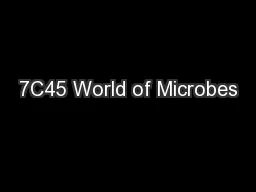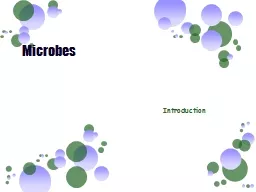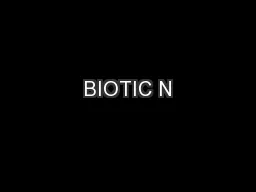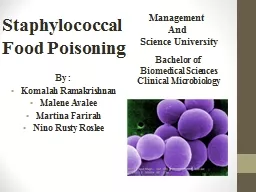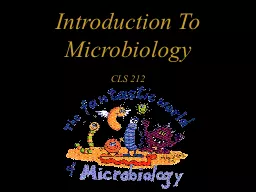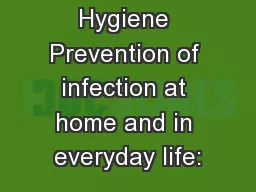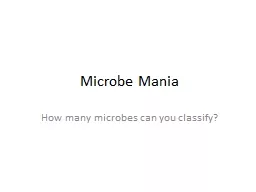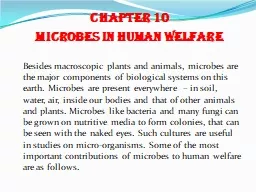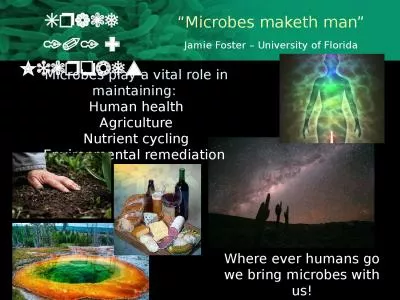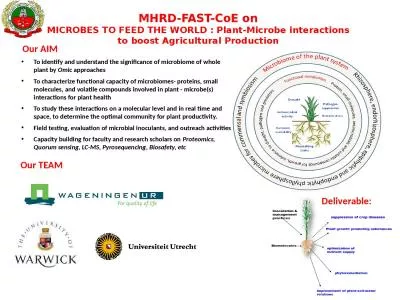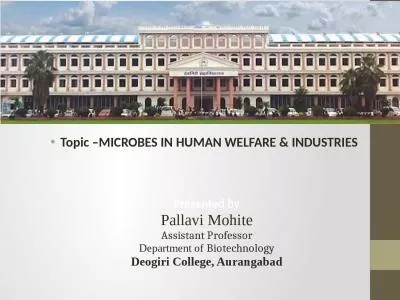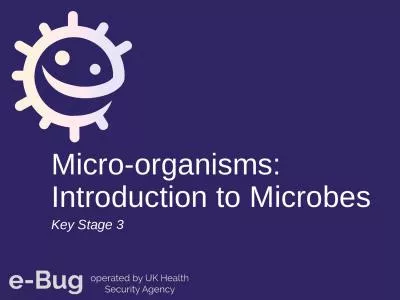PPT-7C45 World of Microbes
Author : lindy-dunigan | Published Date : 2016-05-30
Kingdoms Scientists classify living organisms into 6 main groups called Kingdoms These include Animals Plants Fungi Protists Bacteria Archaea Microbes Germ microbe
Presentation Embed Code
Download Presentation
Download Presentation The PPT/PDF document "7C45 World of Microbes" is the property of its rightful owner. Permission is granted to download and print the materials on this website for personal, non-commercial use only, and to display it on your personal computer provided you do not modify the materials and that you retain all copyright notices contained in the materials. By downloading content from our website, you accept the terms of this agreement.
7C45 World of Microbes: Transcript
Download Rules Of Document
"7C45 World of Microbes"The content belongs to its owner. You may download and print it for personal use, without modification, and keep all copyright notices. By downloading, you agree to these terms.
Related Documents

